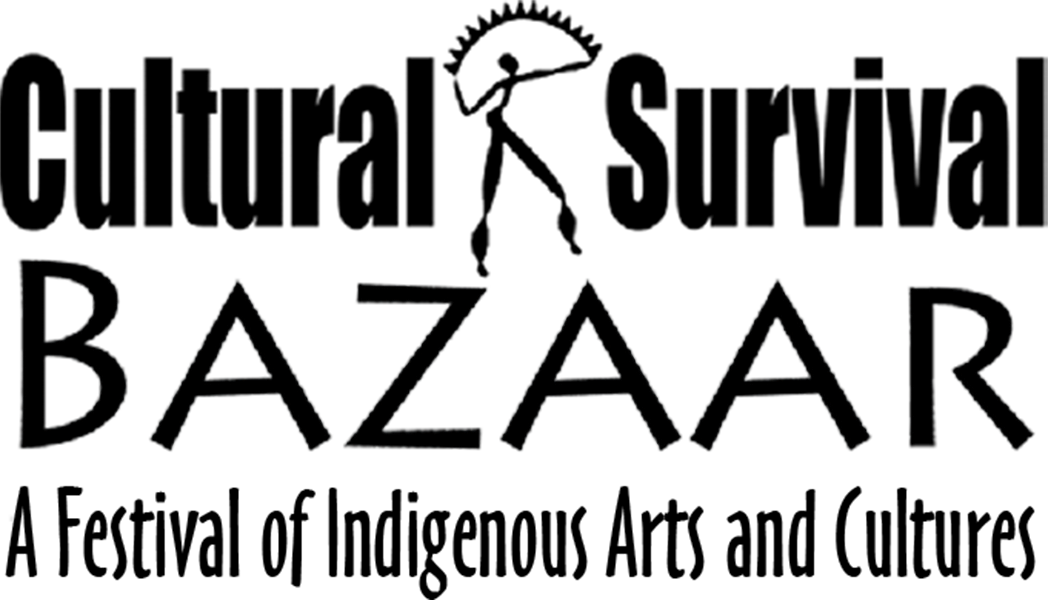Hebron Glass /Hamzeh Natsheh
Country: Palestine, West Bank
Indigenous culture(s) represented: Palestinian
Items sold: Hand blown glass, ceramics
How to purchase:
Website: https://www.hebronglass.com/
Instagram: https://www.instagram.com/hebronglass.ceramics/
Facebook: https://www.facebook.com/hebronglass.ceramics
Email: hebronglass@hotmail.com
Pinterest: https://www.pinterest.com/hebronglass_/
Bio:
Beautiful colorful swirls of sea glass is what describes the art of Hebron Glass, a family-owned traditional Palestinian glass blowing business. “According to family history, this craft correlates with the Natsheh family’s presence in Hebron between 122 BCE–330 CE,” says artist and co-owner Hamzeh Natsheh. Established in 1890 and located in the city of Hebron in the West Bank, Hebron Glass employs approximately 60 artisans who work in one of three workshops across the city or from their homes. Hebron Glass aims to partner with fair trade associations and uses recycled bottles from local homes and businesses as the raw base material in many of their products.The fuel for the ovens and furnaces is repurposed motor oil from local garages. Natsheh says the Israeli-Palestinian conflict and constraints on freedom of movement in Palestine have impacted the industry, but by recycling these everyday materials, Hebron Glass is able to keep the craft alive and sustainable.

